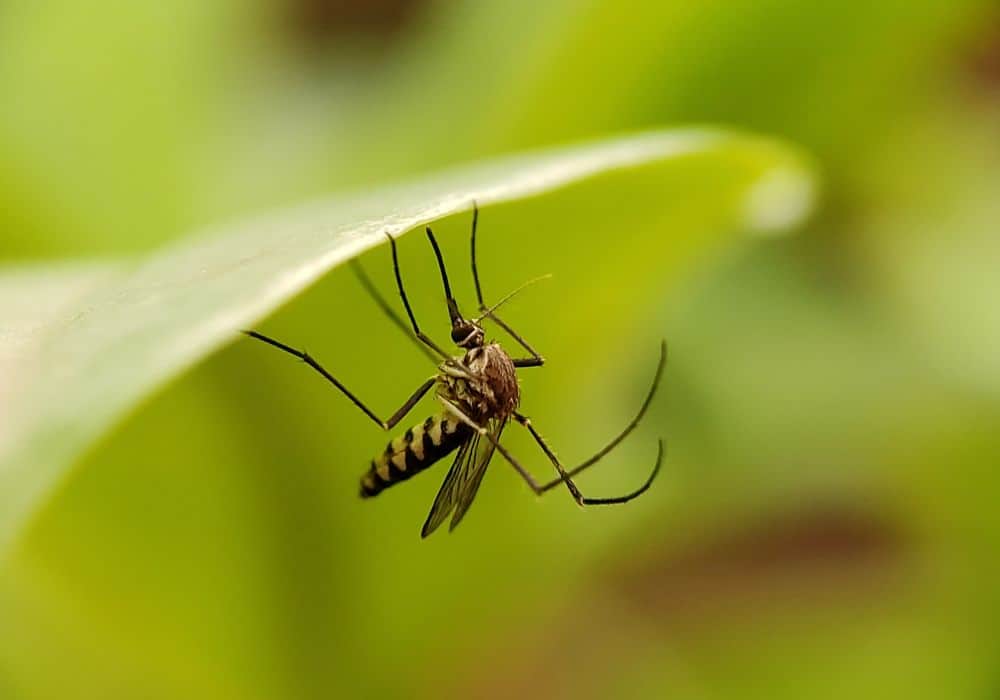Have you ever thought about which bug is the most dangerous? Our planet is home to numerous dangerous and venomous insects and arachnids; some are alien-looking and scary, while others are not as harmless as they might seem!
Many of these bugs are highly important for the ecosystem, but that does not mean they do not pose an immediate danger to us! Whether traveling to a tropical area or just interested in bugs, it is good to know what you can find out there!
So, let’s see, what is the most dangerous bug in the world?
List of Most Dangerous Bugs and Arachnids
Before we dive into the list of the most dangerous bugs and arachnids, let’s solve a common dilemma! Most people think that spiders and scorpions are insects-but they are not!
Spiders and scorpions are arachnids, in other words, a class of joint-legged invertebrate animals. However, when we say bugs, that is usually an umbrella term for all insects and those that look like them but are not!
1. Mosquito

Well, the first place for the most dangerous bug in the world goes to… (drum roll) mosquitoes! Why? Well, out of all insects and arachnids worldwide, mosquitoes cause the most deaths, according to the Centers for Disease Control and Prevention (CDC).
Around 1 million people die due to mosquito-borne illness yearly!
These critters can be found on every continent except Antarctica, and there are over 3,500 species of mosquitoes. Interestingly, only the females suck the blood, while males eat nectar and serve for copulation.
Mosquitoes are dangerous for several reasons- they are carriers of various sicknesses, and most of these are fatal for humans- including Zika virus, yellow fever, West Nile virus, Chikungunya virus, dengue, and malaria.
Of all mentioned diseases, the most common sickness mosquitoes transmit is dengue, also known as break-bone fever. This infection has several symptoms, such as headaches, body aches, nausea, and, most importantly, high fever, which can result in internal bleeding.
While dengue is not that serious (but can be in rare situations), malaria, Western equine encephalitis virus (WEE), and Eastern equine encephalitis virus (EEE) are considered highly serious sicknesses and result in nearly million deaths globally.
Unfortunately, the victims are usually children under five. However, death can occur in adults if they have a preexisting and chronic condition and a weakened immune system.
When it comes to US, WEE, and EEE are the most dangerous mosquito-borne illnesses.
2. Black Widow Spider
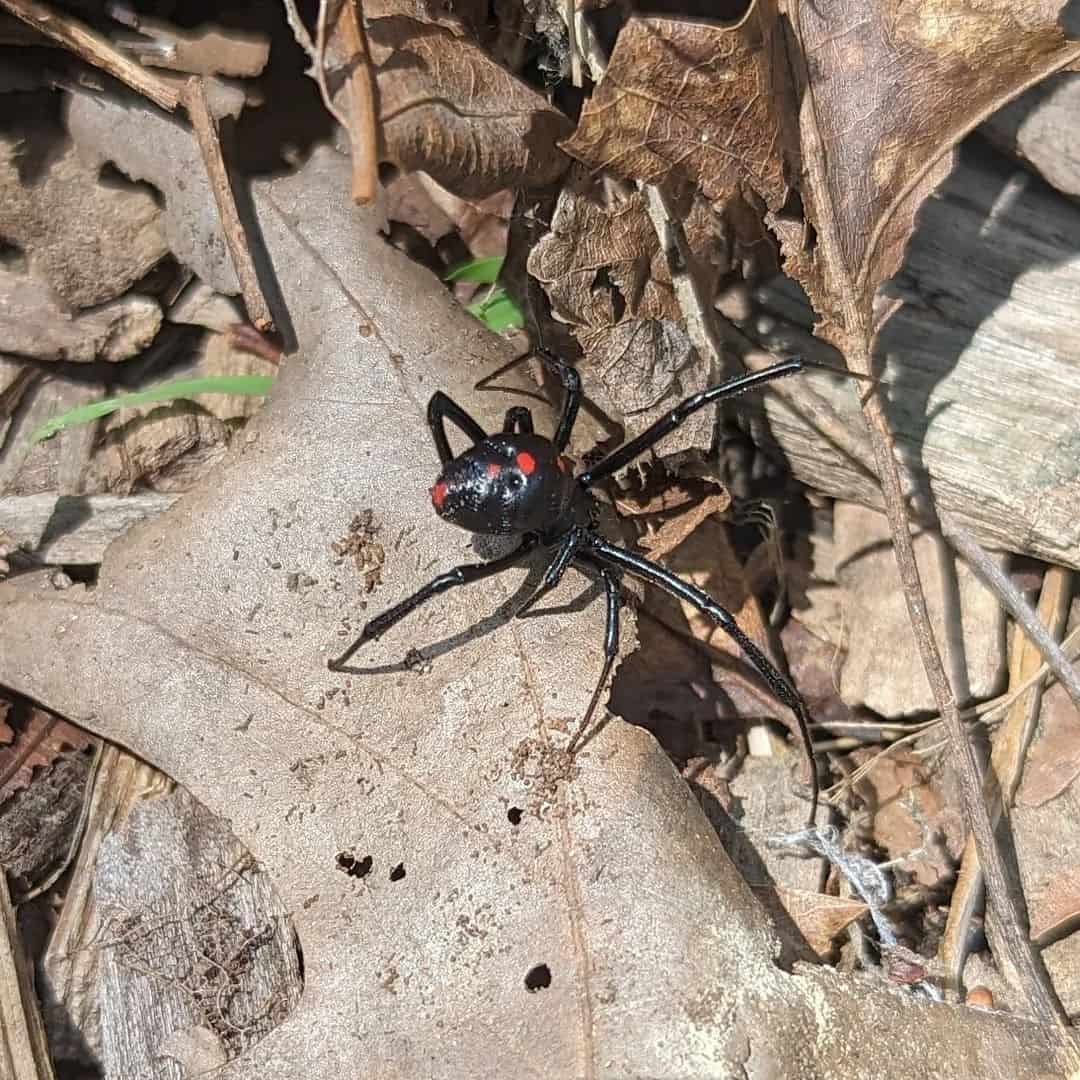
Image Credit: afoxshappenings
Well, let’s continue with one of the deadliest arachnids that are widely famous! Everybody knows about the black widow spider, not because they are interested in arachnology or entomology, but because it is highly venomous and scary-looking.
On top of it, these spiders eat the males after mating, hence the name black widow spider. But let’s get back to the venom thing! Did you know their venom is 10 to 15 times stronger than rattlesnake venom?
Yup! It contains a chemical called alpha-latrotoxin, which attacks nerve cells and slowly paralyzes the victim. They are also very small, up to 1.5 inches in size, meaning you can barely see them, making them even more dangerous.
However, one of the good things is that black widows are not aggressive by nature and only attack when feeling threatened! Their bite, although venomous, is rarely fatal and only occurs in people with preexisting health issues.
3. Ants
You are probably wondering can ants be dangerous! The answer is yes; although these tiny architects seem innocent and harmless, some have unbelievably painful stings!
- Bullet Ants
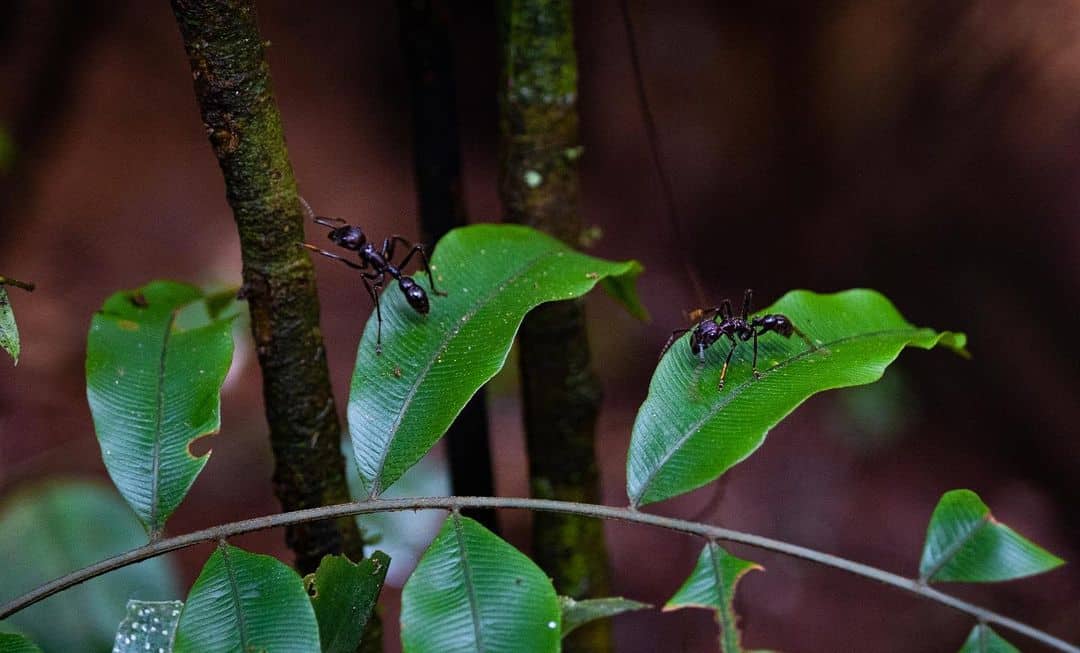
Image Credit: ariel.shirazi
Okay, their sting will not kill you, but if you were ever stung by bullet ants, you know what I’m talking about! After you have been stung by a bullet ant or ants, you will have to deal with excruciating, throbbing, and scalding waves of pain lasting for nearly 24 hours.
Their sting is known as one of the most painful ones, and here is why- it contains a neurotoxin called poneratoxin, which causes muscle pains, burning sensations, and body aches. It is so painful that it is rated as pain level 4 in the Schmidt sting pain index, which is the highest level.
These ants are usually found in South America.
- Velvet Ants
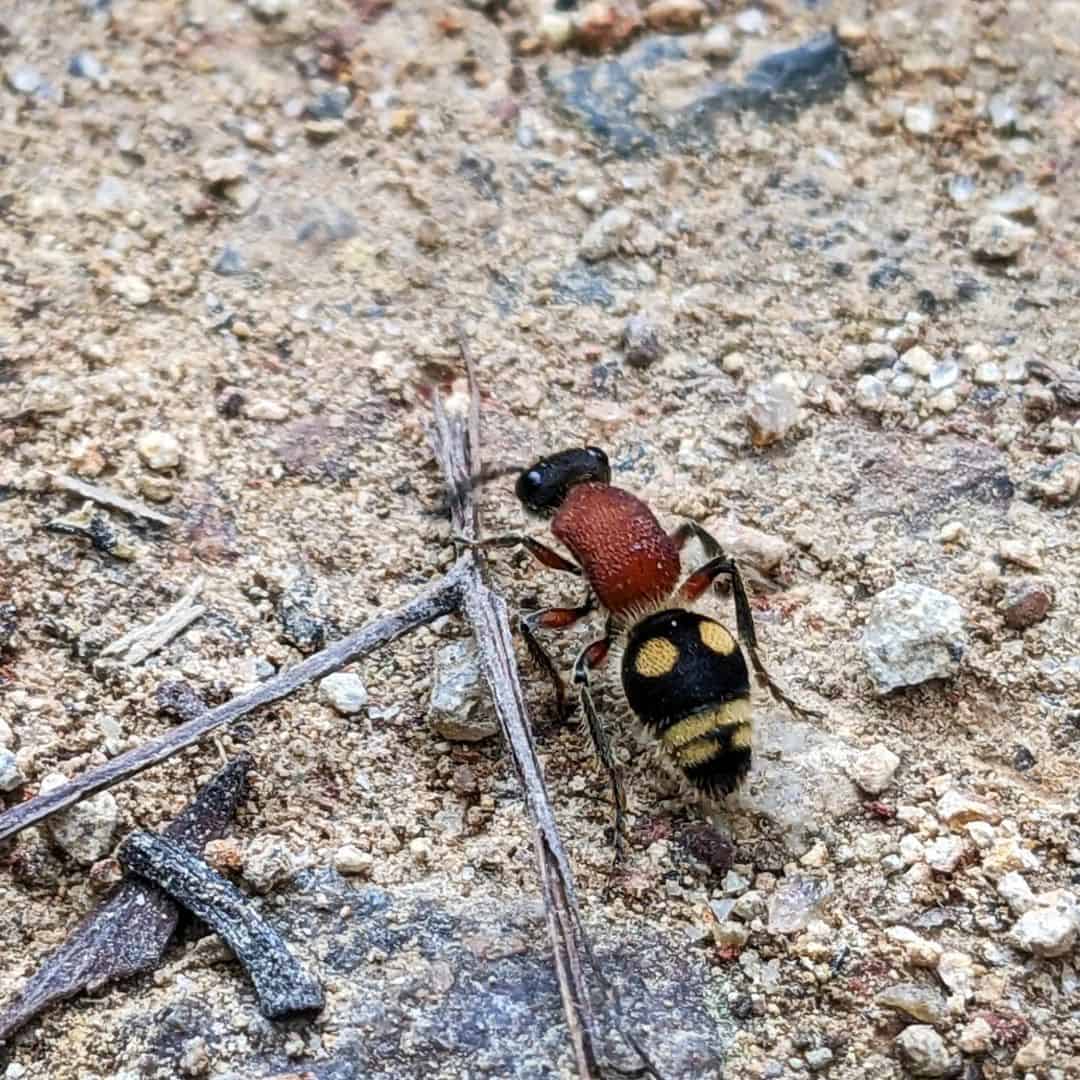
Image Credit: hkbryan
Bullet ants are not the only ones that can deliver a painful sting! Red velvet ants, commonly known as cow killers, are not a real threat to people; they are more of a nuisance and can be very dangerous to other insects and livestock.
Like most ants, they are not aggressive, but if feeling threatened, they will not hesitate to sting you, and oh boy, how the sting hurts! Some of the common causes include nausea, body aches, vomiting, and confusion, and the sting is usually treated like a bee sting.
- Fire Ants
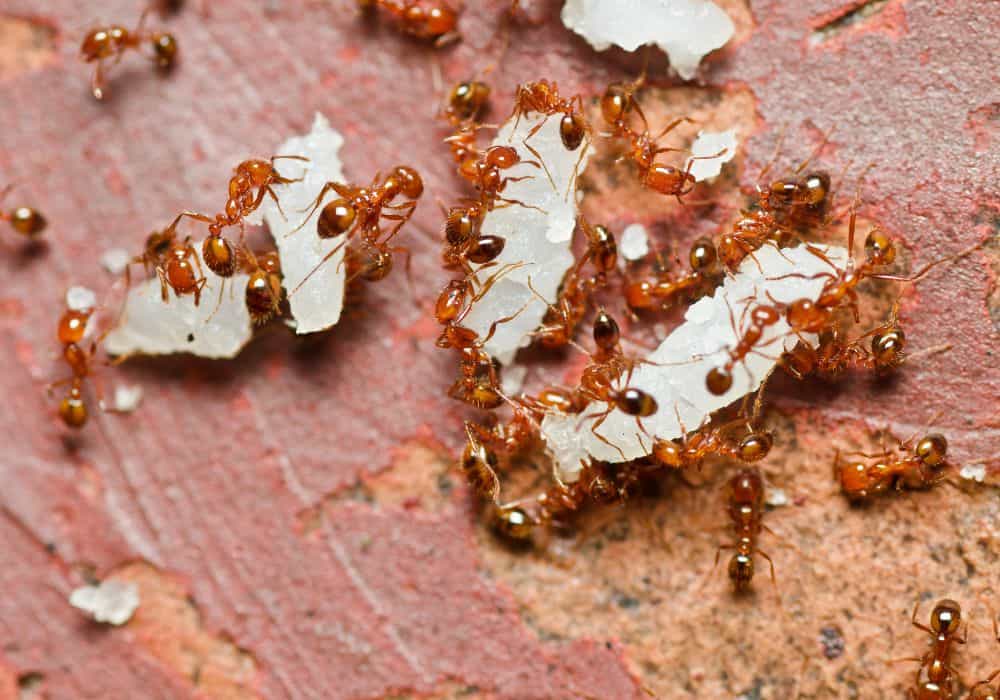
Unlike their previously mentioned cousins, fire ants are aggressive. Although their sting is not as painful as bullet ants, it can cause a life-threatening situation in highly sensitive individuals.
Luckily, it does not happen often, but there were cases where people experienced chest pain, nausea, shock, and even coma. See medical attention immediately if you notice an allergic reaction or flu-like symptoms.
4. Kissing Bug
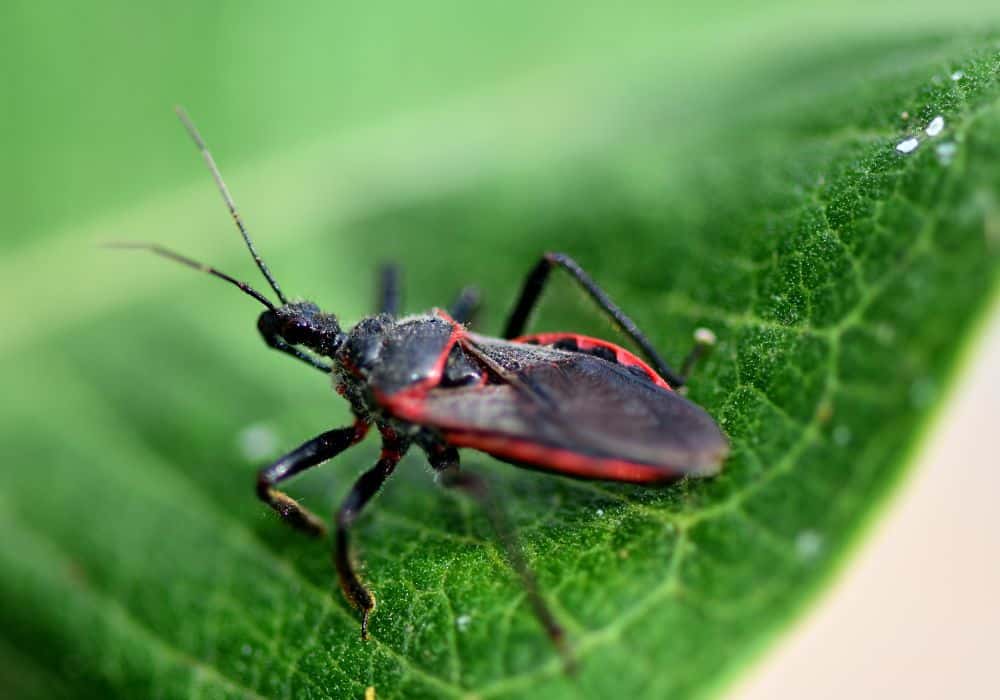
Although the bug’s name might suggest something friendly and docile, that is far from the truth! The kissing bug, known as the Triatomine bug, is a small 1/2 to 1-inch-long black oval insect, with some of the species having colored markings on their abdomen.
So, why is this bug dangerous? This insect is particularly dangerous because it can carry the Chagas virus, resulting in Chagas disease! The disease was named after Carlos Chagas who discovered it in 1909.
The disease is caused by the parasite Trypanosoma cruzi, transmitted to people and animals via insects. Interestingly, this disease is confined to the Americas, although it is most common in rural areas of Latin America.
You can find it in the US in Texas, New Mexico, Arizona, Florida, and southern California.
Chagas disease can be fatal, which happens in cases where the sickness was discovered in late stages and has already damaged internal organs. If treated in the early stages, it can be managed without having to deal with numerous health issues throughout the course of life.
5. Puss Caterpillar
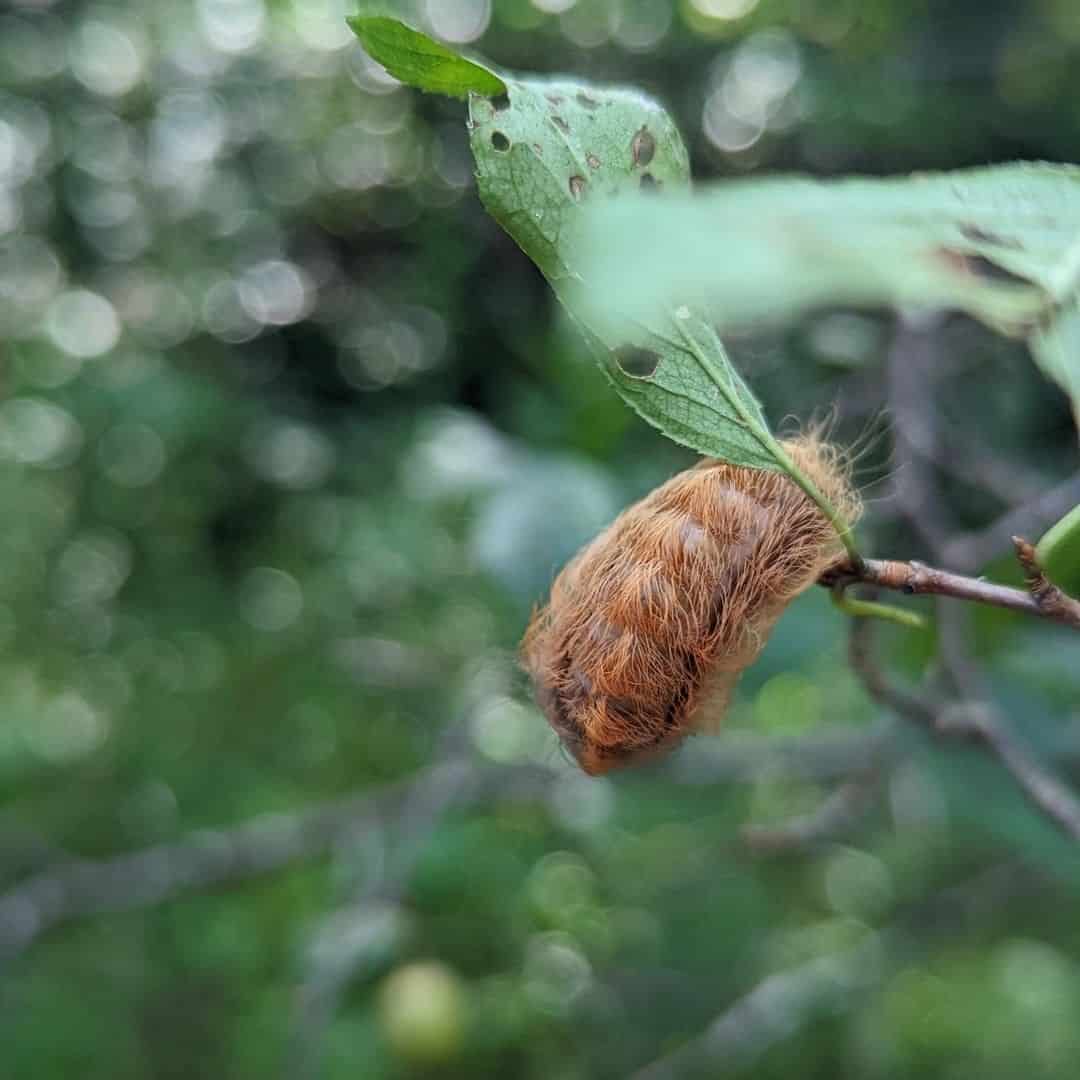
Image Credit: friendsofcaptinacreek
You probably did not think you would find a caterpillar on the list of dangerous bugs! Well, get ready to be shocked! Most of us think that caterpillars are harmless because those turn into butterflies, the prettiest insects in the animal kingdom!
Although most caterpillars are not poisonous, that is not the case with puss caterpillars. First, the puss caterpillar has a striking appearance- it seems to be wearing a wool sweater or to be furry, which makes people want to touch it-BUT DO NOT!
Also known as a flannel moth, the puss caterpillar has poison hidden in hollow spines along its hairs.
When you pick the caterpillar, its venomous hair will most likely press against your skin or rub on your hand, resulting in throbbing pain, burning sensation, swollen glands, breathing difficulties, fever, and nausea. The symptoms can develop minutes after getting stung and last for a day.
If you want to learn what to do after being stung by a caterpillar, click here!
6. Ticks
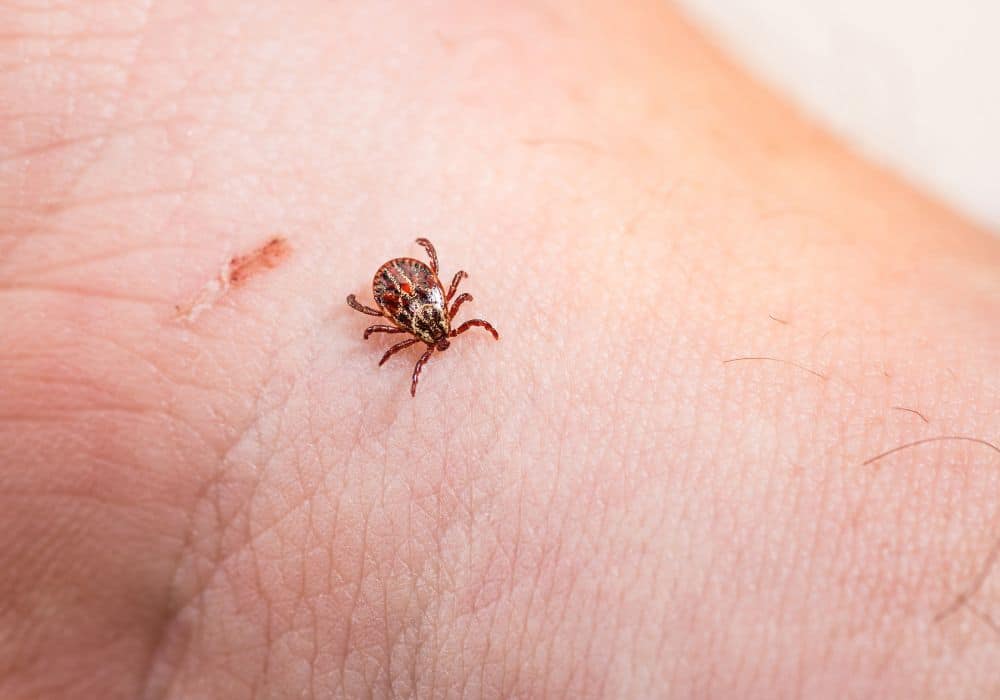
Ticks are among the most-hated arachnids (not insects) because they can transmit Anaplasmosis, Babesiosis, Lyme disease, and many others. In the US, deer ticks get most of the attention from epidemiologists and ecologists because they often carry bacteria that cause Lyme disease.
Although Lyme disease is rarely life-threatening if left untreated, it can lead to more severe disease; the infection can spread to the joints or the nervous system.
The most problematic thing about ticks is that they are very small and hard to notice, and their bite is not painful because they have numbing agents in their saliva. After a tick ‘find a nice and soft piece of skin’, the site will start to itch after an hour or two following the bite.
7. Tsetse Fly
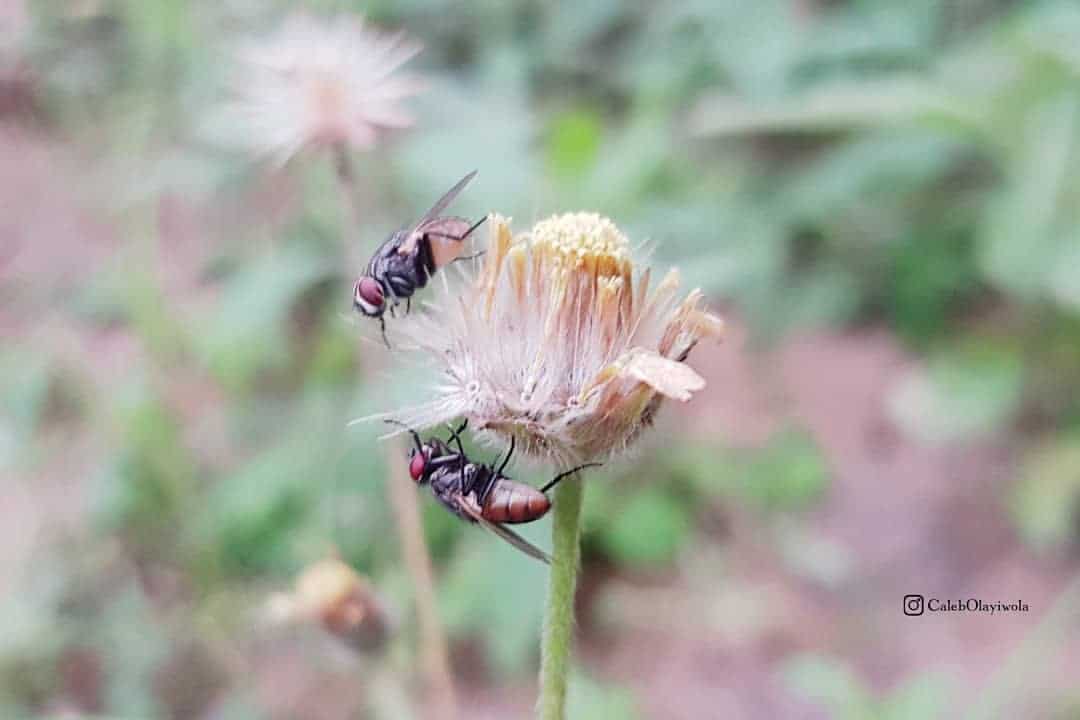
Image Credit: calebolayiwola
Everybody knows about the infamous Tsetse fly! Interestingly the word ‘tsetse’ means fly in Tswana, which is a language spoken in southern Africa. These large yellowish-brown flies are native to sub-Saharan Africa and are exclusively found there!
Like mosquitoes, these flies feed on blood. They can easily transmit bacteria and parasites, such as trypanosomiasis, resulting in serious health issues and death.
This parasite causes African sleeping disease, which starts with muscle pain, fever, and fatigue, and if left untreated, can progress to serious issues such as sleeping disorders, coma, and even death.
However, the chances of contracting African sleeping disease are very low, meaning it is not a high risk for tourists.
8. Fleas
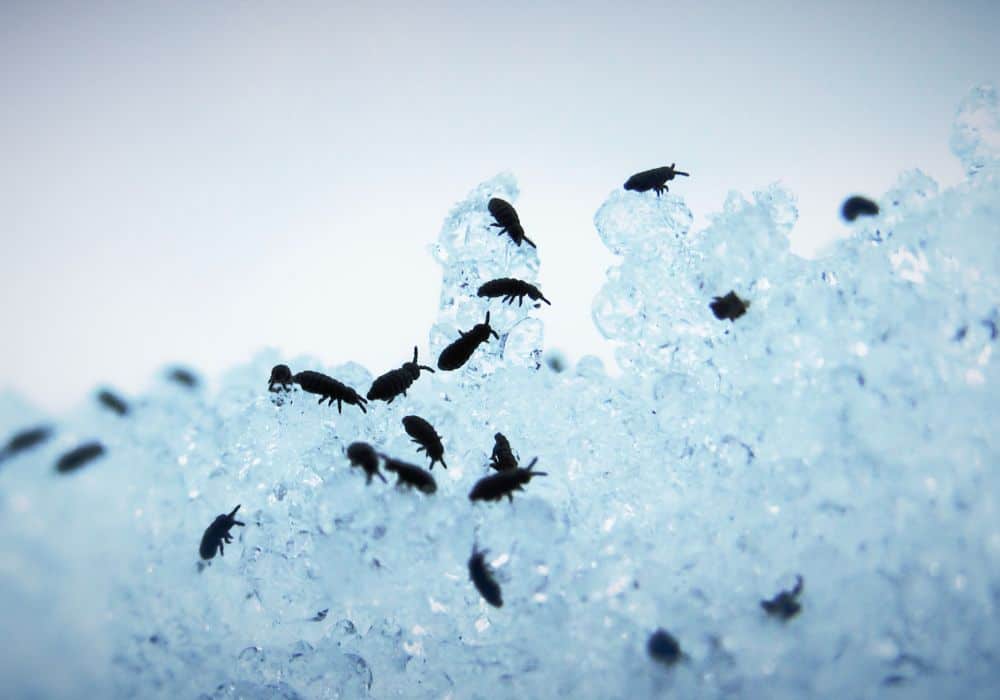
This might come as a shocker, but fleas can also give you a headache and a disease! Fleas are external parasites that also feed on human and animal blood. Although they do not live on us, they will not miss the chance to suck on some of our blood.
While we mostly fear ticks, fleas are not that innocent; yeah, they will bite you and leave you with tiny, itchy red dots, but they can also transmit tapeworms, typhus, tungiasis, and even Bubonic plague.
The most common flea in the US is the cat flea which occurs in dogs and cats. Rat fleas are probably the worst type because they live on rats, already carriers of various diseases.
Conclusion
Without a doubt, the most dangerous bug in the world is the mosquito. However, there are many others, some hidden in corners of the world and some in plain sight that can cause various diseases and conditions.
Some of the other nuisances that might encourage you to reconsider your plans to travel to Tropics include bullet ants, velvet ants, fire ants, rat fleas, deer ticks, Tsetse fly, puss caterpillars, kissing bugs, and black widow spiders.
Have you ever encountered one of the above-mentioned bugs or know someone that did? If you have, please share your experience with us! Do not forget to use the comment section for any questions that you may have!
